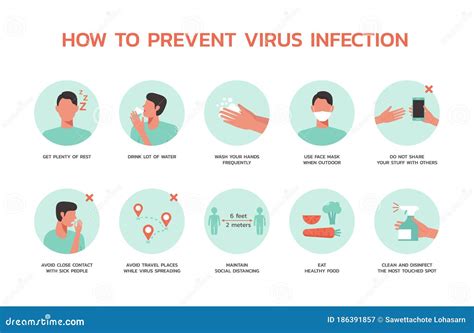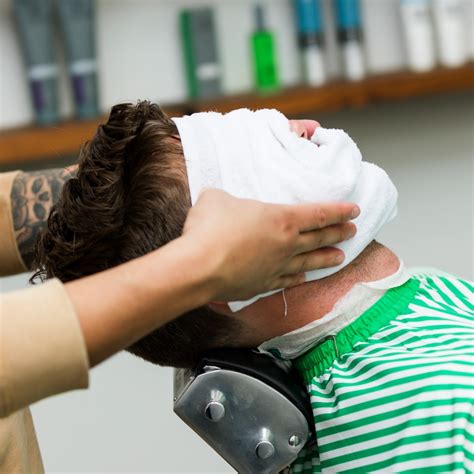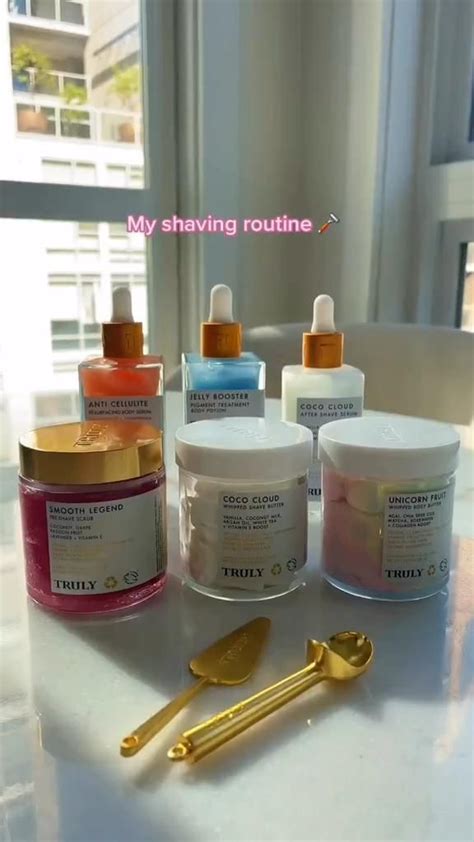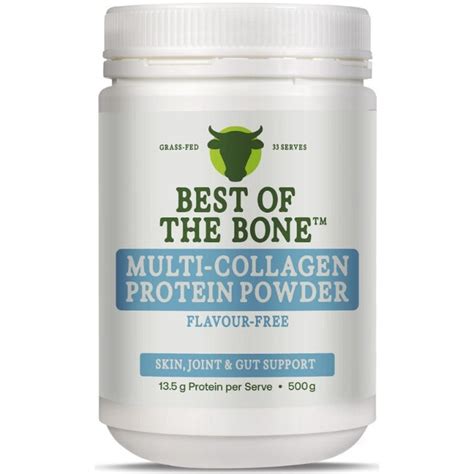How to prevent razor burn for an irritation-free shave & peak performance?

Understanding Razor Burn: The Enemy of a Smooth Shave
Razor burn, characterized by redness, stinging, and bumps after shaving, is a common nuisance that can undermine your grooming routine and overall skin health. It occurs when hair follicles are irritated, often due to improper shaving techniques, dull blades, or inadequate skin preparation. Far from a minor inconvenience, persistent razor burn can lead to ingrown hairs, hyperpigmentation, and a perpetually compromised complexion, impacting not just comfort but also your confidence and skin’s peak performance.
Preventing razor burn isn’t just about avoiding discomfort; it’s about optimizing your skin’s condition for a consistently clean, smooth, and healthy look. A strategic approach to shaving can transform a dreaded chore into a revitalizing ritual, ensuring your skin remains calm, clear, and ready to face the day.

The Pre-Shave Ritual: Setting the Stage for Success
The foundation of an irritation-free shave begins long before the blade touches your skin. Proper preparation is crucial for softening facial hair, opening pores, and creating a protective barrier against friction. This critical phase minimizes tugging and pulling, which are primary culprits behind razor burn.
- Exfoliate Gently: 1-2 times a week, use a mild facial scrub to remove dead skin cells and lift trapped hairs. This helps prevent ingrown hairs and allows for a closer shave without irritation.
- Warm Water Wash: Before shaving, wash your face with warm water or apply a warm, damp towel for a few minutes. This softens the hair follicles and opens pores, making hairs easier to cut.
- Apply Pre-Shave Oil: A good quality pre-shave oil creates a protective layer between your skin and the razor, allowing the blade to glide more smoothly and reducing friction. This step is particularly beneficial for sensitive skin.
- Lather Up with Quality Shaving Cream: Use a rich, moisturizing shaving cream or gel, not just soap. Lather it generously and allow it to sit on your skin for a minute or two before shaving. This further softens the hair and provides ample lubrication.

Mastering the Shaving Technique: Precision and Care
Your shaving technique is perhaps the most significant factor in preventing razor burn. It’s not about speed or pressure, but about deliberate, gentle strokes that respect your skin’s natural texture and hair growth patterns.
- Use a Sharp, Clean Blade: This is non-negotiable. Dull blades drag and pull at hairs, leading to irritation. Replace disposable razors every 5-7 shaves or cartridge blades every 1-2 weeks. Always rinse your blade thoroughly after each stroke to clear away hair and shaving cream.
- Shave with the Grain: For the first pass, always shave in the direction your hair grows. This reduces tugging and minimizes irritation, especially for those prone to razor burn and ingrown hairs. If a closer shave is desired, a second pass can be made across the grain, but never against it if you’re sensitive.
- Light Pressure, Short Strokes: Let the razor do the work. Applying too much pressure forces the blade into the skin, causing nicks, cuts, and irritation. Use short, controlled strokes, rinsing the blade frequently.
- Stretch Your Skin (Gently): Taut skin provides a smoother surface for the blade, reducing unevenness and ensuring a more consistent cut. However, avoid overstretching, which can expose areas to potential irritation.

Post-Shave Care: Soothe, Hydrate, and Protect
The job isn’t done once the last hair is cut. Post-shave care is vital for calming the skin, reducing inflammation, and replenishing moisture, all of which contribute to long-term skin health and razor burn prevention.
- Rinse with Cold Water: After shaving, rinse your face thoroughly with cold water. This helps close pores, soothe the skin, and remove any lingering shaving cream residue.
- Apply a Healing Aftershave Balm: Opt for an alcohol-free aftershave balm or lotion with soothing ingredients like aloe vera, witch hazel, chamomile, or allantoin. Avoid harsh, alcohol-based splashes that can dry and irritate the skin.
- Moisturize Regularly: Even on non-shaving days, keep your skin hydrated with a non-comedogenic facial moisturizer. Well-hydrated skin is more resilient and less prone to irritation.
- Consider Ingrown Hair Prevention: If you’re particularly prone to ingrown hairs, incorporate a product with salicylic acid or glycolic acid a few times a week. Apply it post-shave to gently exfoliate and keep pores clear.

Long-Term Strategies for Peak Performance
Beyond the immediate steps, adopting long-term habits can significantly reduce your susceptibility to razor burn and ensure your skin performs at its best, always looking smooth and feeling comfortable.
- Consistency is Key: Stick to a regular shaving schedule, allowing your skin to adapt. Shaving too infrequently or too often can sometimes exacerbate issues.
- Invest in Quality Tools: A good razor (whether a multi-blade cartridge, safety razor, or electric shaver) that suits your skin and hair type can make a world of difference. Don’t compromise on blade quality.
- Clean Your Shaving Tools: Regularly clean your razor handle and any non-disposable parts. Store your razor in a dry place to prevent bacteria growth and blade dulling.
- Listen to Your Skin: Pay attention to how your skin reacts to different products and techniques. Adjust your routine as needed, experimenting until you find what works best for you.
By integrating these meticulous pre-shave, shaving, and post-shave practices into your routine, you can effectively banish razor burn and achieve a consistently smooth, irritation-free shave. This commitment not only enhances your daily comfort and appearance but also supports the long-term health and peak performance of your skin, leaving you looking sharp and feeling confident every day.









